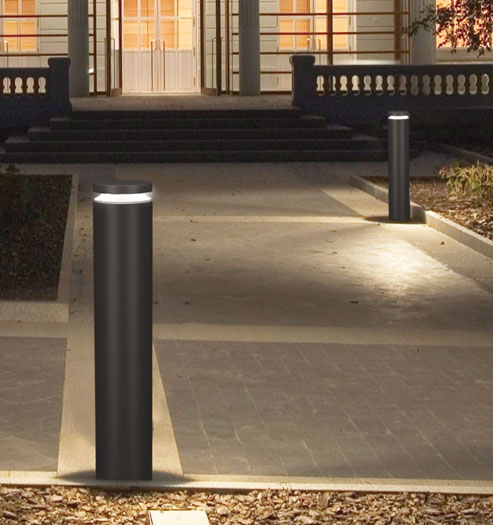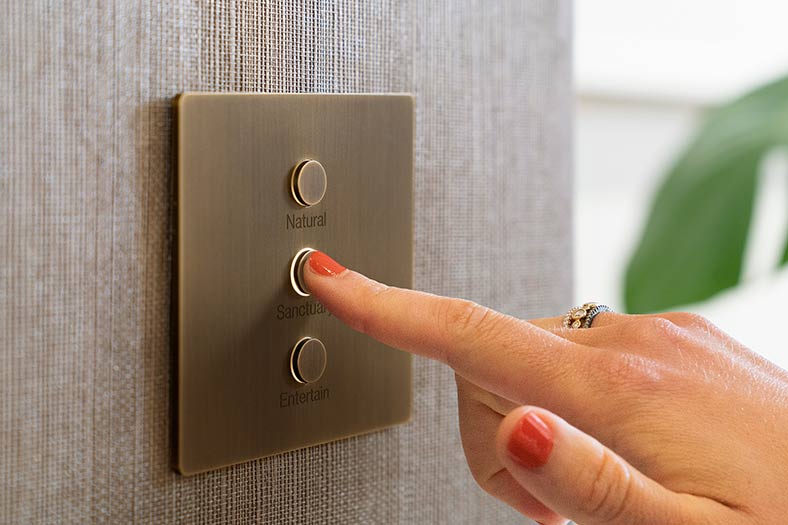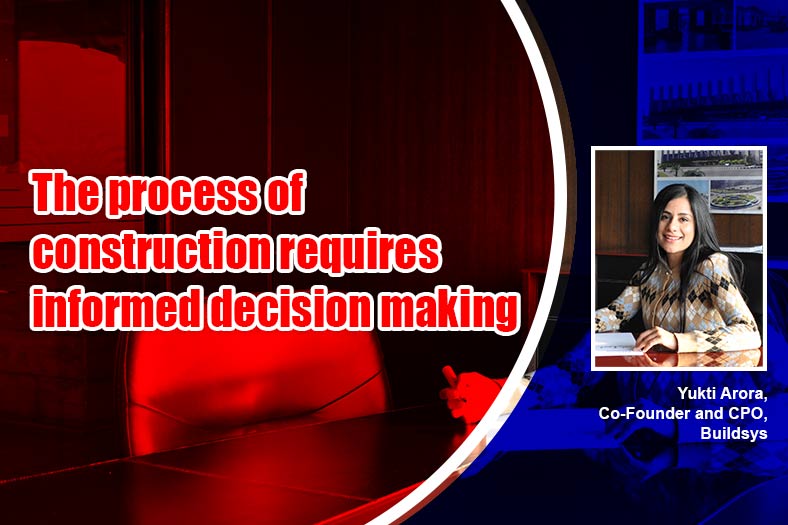“Smart buildings will become the norm”

We have introduced a complete series of indoor and outdoor luminaires with the state-of-the-art LED modules and controls for the energy saving.
Smart home concepts from the view point of energy saving and using green and renewable energy pertain to the illumination field. The introduction of LED in lighting has tremendously contributed to the energy saving. More than 60 per cent of the energy is saved with LED usage instead of other light sources. The designers are now facing the challenges to design with LED fixtures and co-ordinate the artificial lighting with day light harvesting and usage of solar and non-conventional power, wherever possible. Buildings are becoming increasingly connected with systems that provide data monitoring and remote access. Technologies are emerging to allow persons to not only track their facility’s systems but also automate them. For example, lighting can be set to automatically control, delivering significant energy savings. It is not far off that smart buildings will become the norm, observes Sharmila Kumbhat, Director, K-Lite Industries.
Introduced indoor & outdoor luminaires
Revealing on the advanced technology introduced during the last year, she said, “We have introduced a complete series of indoor and outdoor luminaires with the state-of-the-art LED modules and controls for the energy saving.”
The introduction of intelligent lighting under smart city concept, offers several key benefits to a city. It allows constant monitoring of system status, obtain details of failures in real time, decide as to when, where and how much to switch on or dim, monitoring every unit from wherever one wishes. Basically the intelligent lighting system transforms lighting systems into a new territorial communications network and enables an intelligent support capable of activating a wide range of services to improve quality of life and make cities more intelligent, safe and sustainable. “Being a manufacturer of luminaires for a period of more than 40 years and with the pioneering efforts in introducing energy saving CFL luminaires of the past and LED luminaires of the present, we have stepped into the smart city domain with various functions involved, through a lighting pole combined with smart lighting and allied sensors such as vehicle movement sensor for traffic monitoring and control, lighting level control during peak and non-peak hours, cameras for safety, intelligent signage and pollution monitoring,” she adds.
Cookie Consent
We use cookies to personalize your experience. By continuing to visit this website you agree to our Terms & Conditions, Privacy Policy and Cookie Policy.









